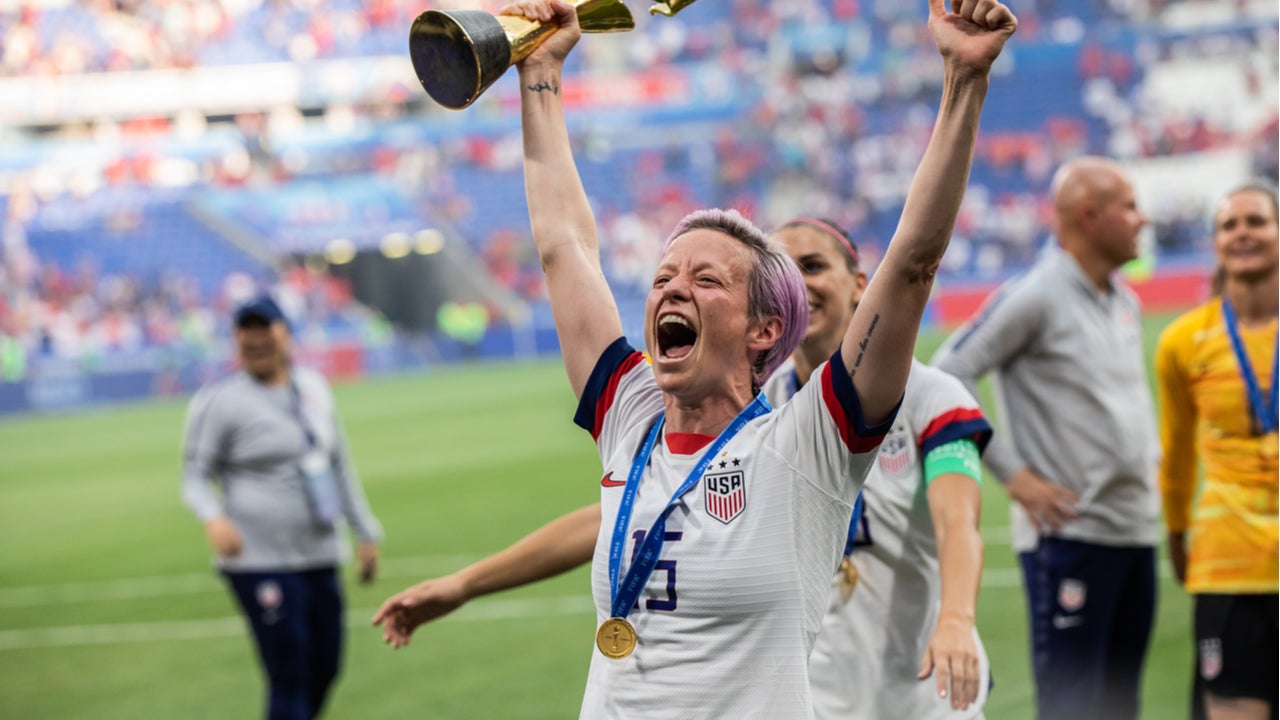For women’s sport, exposure remains the biggest challenge. The sports industry measures the value of a sports’ franchise based on the audience it has access to and the exposure it receives.
The fallout from the Covid pandemic within the sports industry is one that more severely impacts female athletes and women’s franchises than their male counterparts.
Women’s sport is highly undervalued. Broadcasters and sponsors have prioritised traditional men’s leagues and teams, especially during the Covid-19 pandemic, which has had a significant financial impact on the sector. This is despite recent success stories, such as the 2019 FIFA Women’s World Cup which had a record breaking 1.12 billion viewers worldwide.
In 2020, the English Football Association (FA) offered no financial support to help implement Covid-19 safety measures for different leagues. The FA Women’s Super League (WSL) was cancelled, unable to afford these extra measures. The English Premier League continued, primarily to fulfil its contractual obligations with broadcasters and sponsors. The cost of cancellation would have been greater for men’s tournaments.
Women’s sport negatively affected by Covid pandemic
According to a survey conducted by Nottingham Trent University, 80% of female athletes believe that the growth of women’s sport has been negatively affected during the pandemic. The same survey found that 66% have concerns over the long-term financial implications of the pandemic for women’s sport
Covid-19 also exacerbated what has been dubbed the gender play gap. More women’s clubs were shut down, and female athletes have taken on the lion’s share of responsibilities at home. Consequently, they have less time to participate in sport or to train in the same capacity.

US Tariffs are shifting - will you react or anticipate?
Don’t let policy changes catch you off guard. Stay proactive with real-time data and expert analysis.
By GlobalDataThe Sports for Generation Equality Framework – launched by UN Women and the International Olympic Committee in March 2020 – recommends that media companies strike a balance between women’s and men’s sports coverage.
Great revenue potential
There is great revenue potential in women’s sports, which has largely been ignored up until now. According to a report by Women’s Sport Trust, a UK-based charity, and Two Circles, the international digital-focused sports agency, women’s sport in the UK alone could generate $1.4bn a year by 2030, but only if female athletes and teams receive greater visibility.
The WSL signed their first financial deal for their media rights – from Sky and the BBC – for £6m in March 2021. Sky Sports have announced that they will show at least 35 Women’s Super League games per season exclusively live from 2021 to 2023. This deal covers the next three seasons.
Sky Sports managing director Robert Webster said that the broadcaster is working closely with the FA to build a close relationship for the future growth of women’s football. This isn’t solely to help women’s sports – it is also good business. Audiences are certain to grow if more women’s games are broadcast at peak times.
Brands and broadcasters see the potential
In Australia, 90% of the population watch women’s sport. According to Visua, the number of women’s sports sponsorship deals increased by 47% between 2013 and 2017, with big names such as SSE, Visa, and O2 coming on board. Brands see potential in women’s sport – offering lucrative media deals and sponsorships for female athletes and women’s teams.
Anna Chanduvi, Facebook’s head of sports media partnership, told GlobalData Sport: ‘There’s more than 24 million people that follow a women’s football page on Facebook, and 38% of these followers are under the age of 25.’ This attention from a younger generation will also attract better sponsorship deals and media coverage for women’s sport.
Covid-19 highlighted the inequalities between men and women’s sports in terms of media exposure and revenue streams. However, broadcasters will continue to commit high levels of resources to women’s teams, allowing brands and leagues to capitalise on the demand from a growing global audience. The revenue generated from greater media exposure, attracting better sponsorships deals through greater audience numbers, is ultimately going to get women’s sport to where it needs to be.









